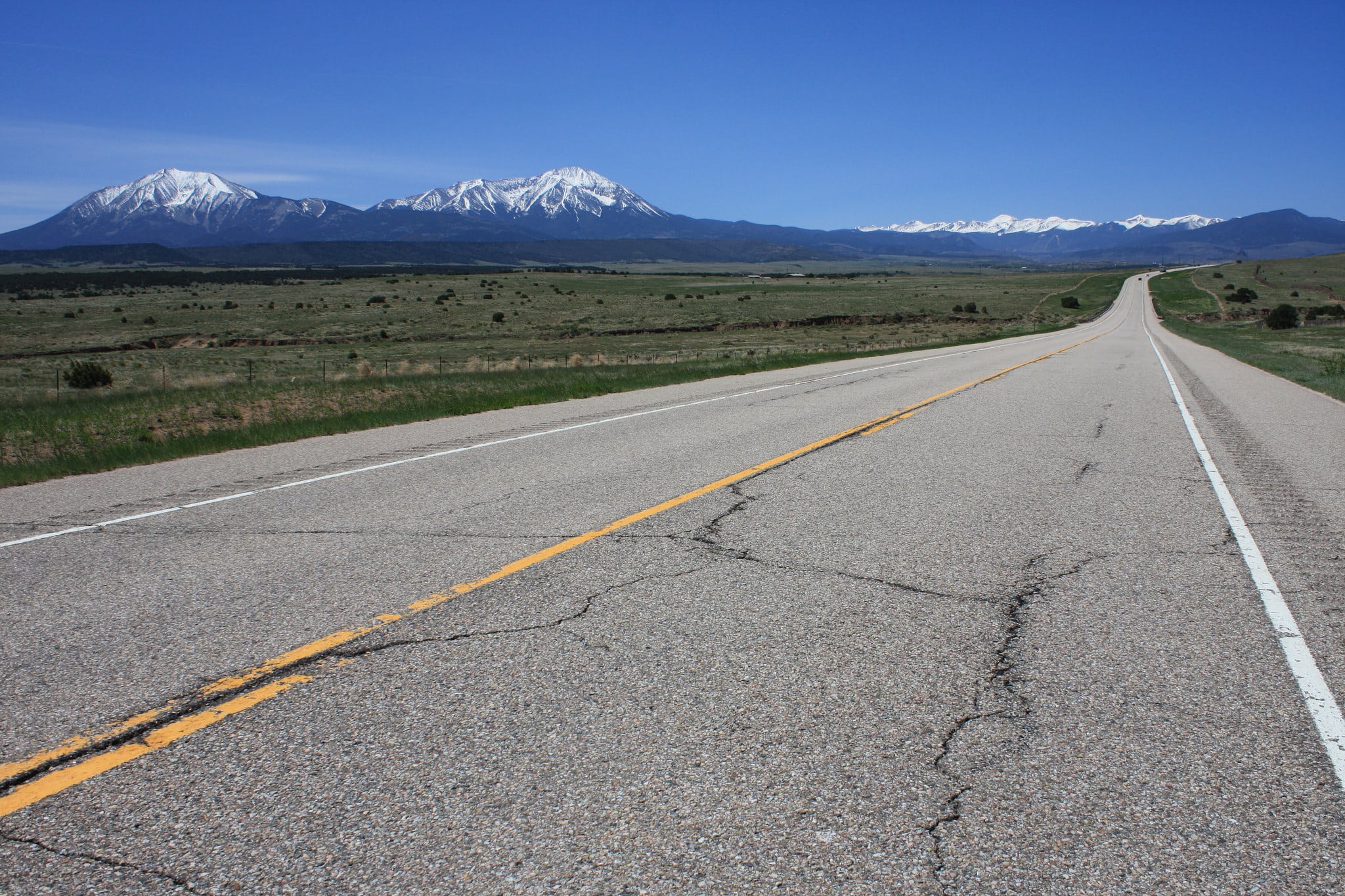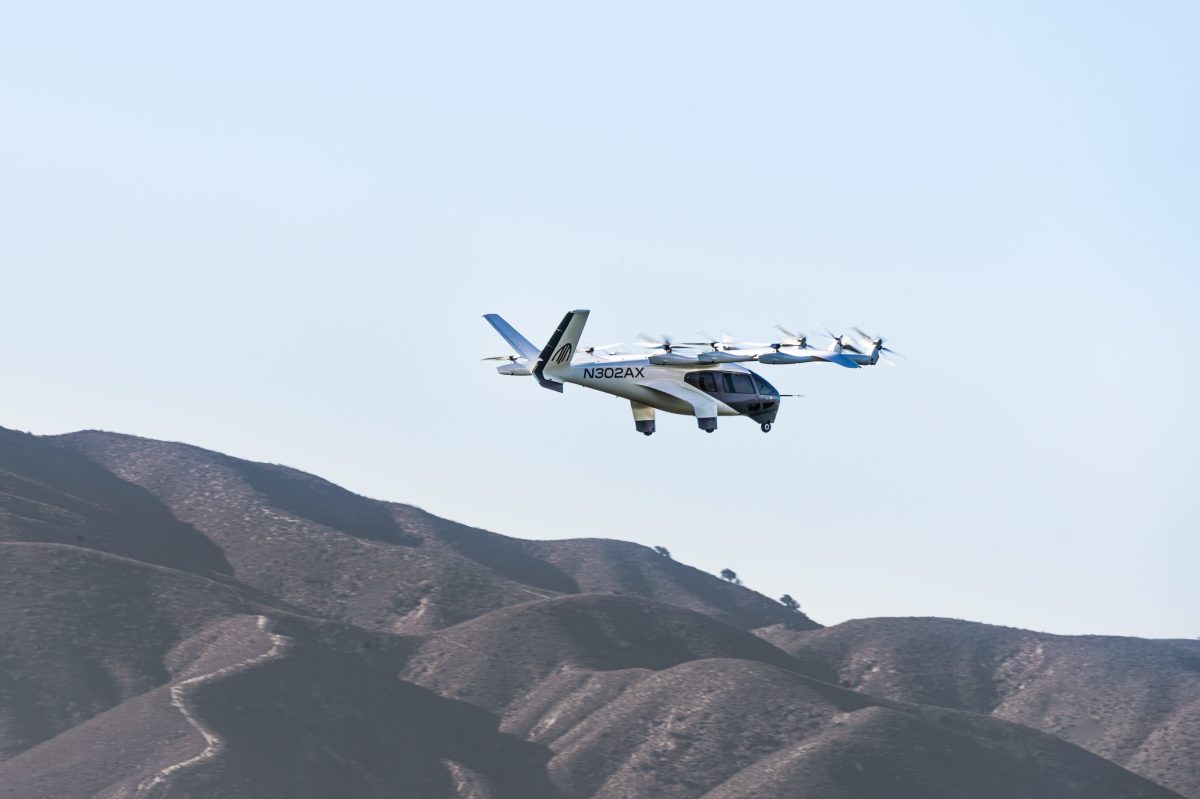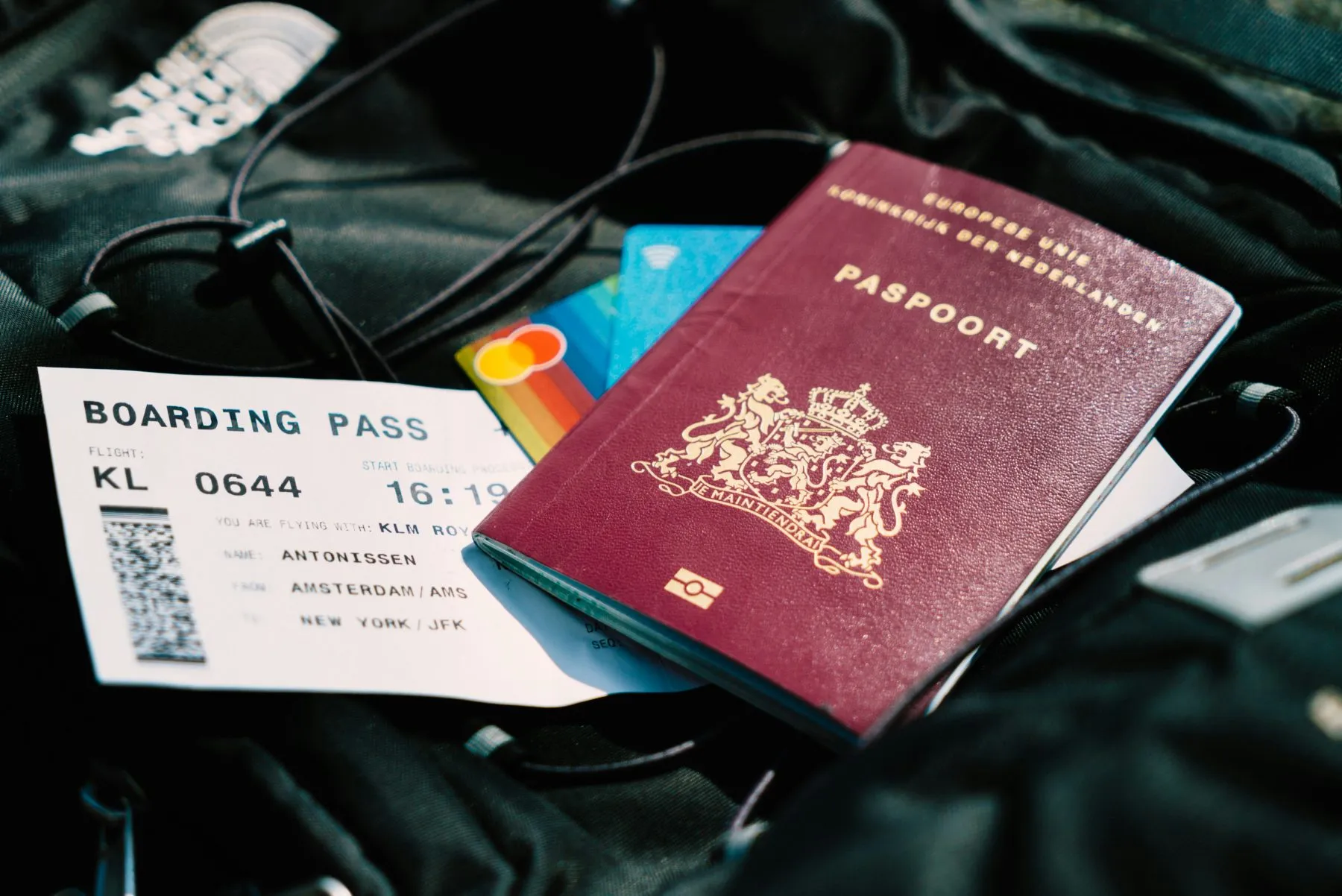How 300 Million Americans and Visitors Use the U.S. Transportation System Each Day

Skift Take
The United States transportation system, including highways, railroads, and airways are used by more than 300 million residents and foreign visitors a day.
There have been slight shifts in travel habits towards more sustainable modes of transit; however, car travel remains the most common mode of transportation across the U.S.
Americans and visitors traveled 4.2 billion miles on U.S. highways in 2011, according to Passenger Travel Facts and Figures, a report outlining personal travel trends released by the U.S. Bureau of Transportation Statistics today.
In comparison, 576 million miles were traveled by air, 54 million miles on public transit, and almost 7 million miles by rail.
| 2009 | 2010 | 2011 | |
|---|---|---|---|
| Air | |||
| Air carrier, certified, domestic, all services | 551,741* | 564,695 | 575,613 |
| Highway, total | 4,241,346 | 4,244,834 | 4,230,505 |
| Light duty vehicle | 3,625,598 | 3,646,452 | 3,650,223 |
| Motorcycle | 22,428 | 19,941 | 19,972 |
| Bus | 305,014 | 291,914 | 292,716 |
| Transit, total | 53,898 | 52,627 | 54,328 |
| Bus | 21,100 | 20,570 | 19,883 |
| Light rail | 2,196 | 2,173 | 2,198 |
| Commuter rail | 11,129 | 10,774 | 11,314 |
| Ferry Boat | 365 | 389 | 389 |
| Rail | |||
| Intercity/Amtrak | 5,914 | 6,420 | 6,670 |
*In millions.
Source: Passenger Travel Facts and Figures, 2014
Speaking to those subtle shifts -- of which an increase in bike lanes and drop in driving levels led by millennials are two examples of -- the miles traveled by highway actually dropped between 2010 and 2011.
In the two years between 2009 and 2011, passenger miles on Amtrak grew faster, 12.8 percent, than any other mode of transportation including air passenger miles, which grew 4.3 percent, and highway passenger miles, which grew 0.3 percent.
Daily Driving Habits
In 2009, the last year such data was recorded, the average American traveled 36.1 miles per day, according to BTS data.
The average driving distance was slightly higher among men, 40.9 miles, and slightly lower among women, 31.5 miles. Average distance traveled per day also varied by age with Americans between 36 and 65 years old going the farthest, 44 miles, and those over 65 years old going the shortest distance, 24 miles.
The majority of daily trips taken by Americans are for family or personal business, 42.5 percent, or social and recreational reasons, 2.75 percent. Only 19 percent of trips are for work or work-related reasons likely because this counts the single round-trip ride to your office.
The majority of Americans get to work by themselves in the car, 76 percent, while a significantly smaller proportion carpool (9.7 percent) or take public transport (5 percent).
The majority of day trips, 83 percent, are taken in a vehicle with either a single or multiple occupant. Only 1.9 percent used public transit.




